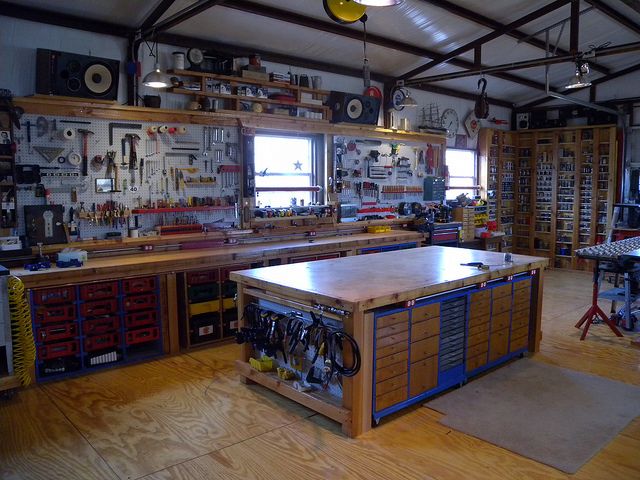Constructing a Winter Workshop: How to Get Started
Have you been dreaming of building the ultimate workshop in your yard that gives you that dedicated space to be creative and follow your passion? Chances are you’ve been giving lots of thought to the layout, design, and the tools you plan to include, but what about making sure it’s comfortable all year-round? Winters can be quite cold and damp, which means you need a space that keeps you dry and comfortable.
So, before you start construction on your new workshop, here are some tips that you can use to ensure it’s winter-friendly.
Give Thought to the Material You Are Using
First things first, if you’re building your workshop from scratch then you have a real opportunity to pick the ideal material right from the start. You will want to pick a material that holds up well to wind, rain, snow, ice, and moisture. Typically, steel is the best option for Britain. Steel buildings are not only known for holding up well to the elements, they are also extremely durable so they will last a good long time. You won’t have to worry about re-building your workshop any time soon.
If you decide to go with steel, it’s a good idea to look into a company such as Steel Buildings who are able to design and build high-quality steel framed buildings. These can be built to your specifications, so you know you’ll end up with the steel workshop that ticks off all the boxes.
Make Sure It is Insulated
The next step in the construction process is insulation. In order for the workshop to stay warm and toasty and free of a draft you will need to insulate it. This includes weather stripping around door and window frames. Just make sure there is also ventilation. Insulating it won’t just help to keep the heat in, but in the summer it can help to keep the workshop cool.
Install Heating
Now that you’ve got a sturdy and durable structure with insulation, it’s time to think about heating the space. Typically, the small space heaters will do the trick, but if you have a large workshop you may have to look into other options. Some of the most common methods to heating a workshop include a wood stove, a heat pump, infrared heating, an electric construction heater, or forced air and gas.
Don’t forget, keeping the dampness out of the air and the temperature steady will help preserve any wood you have stored in the workshop. Moisture can end up warping it rendering it useless. Speaking of the dampness, depending on how damp it feels inside the workshop, it can be beneficial to also use a dehumidifier. To find a dehumidifier, check out this guide from the unclutterer that will help you to make the right choice. That will take additional chill out of the air and make sure there aren’t excessive moisture levels.
Enjoy the Workshop All Year-Round
Now that you’ve addressed the cold you’ll be able to enjoy your workshop all year-round which will allow you to pump out fabulous pieces no matter what the weather is doing outside.




